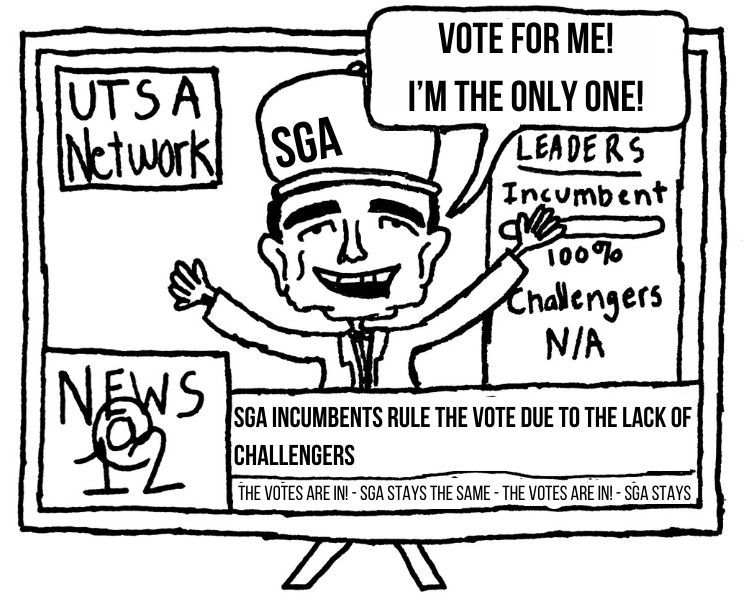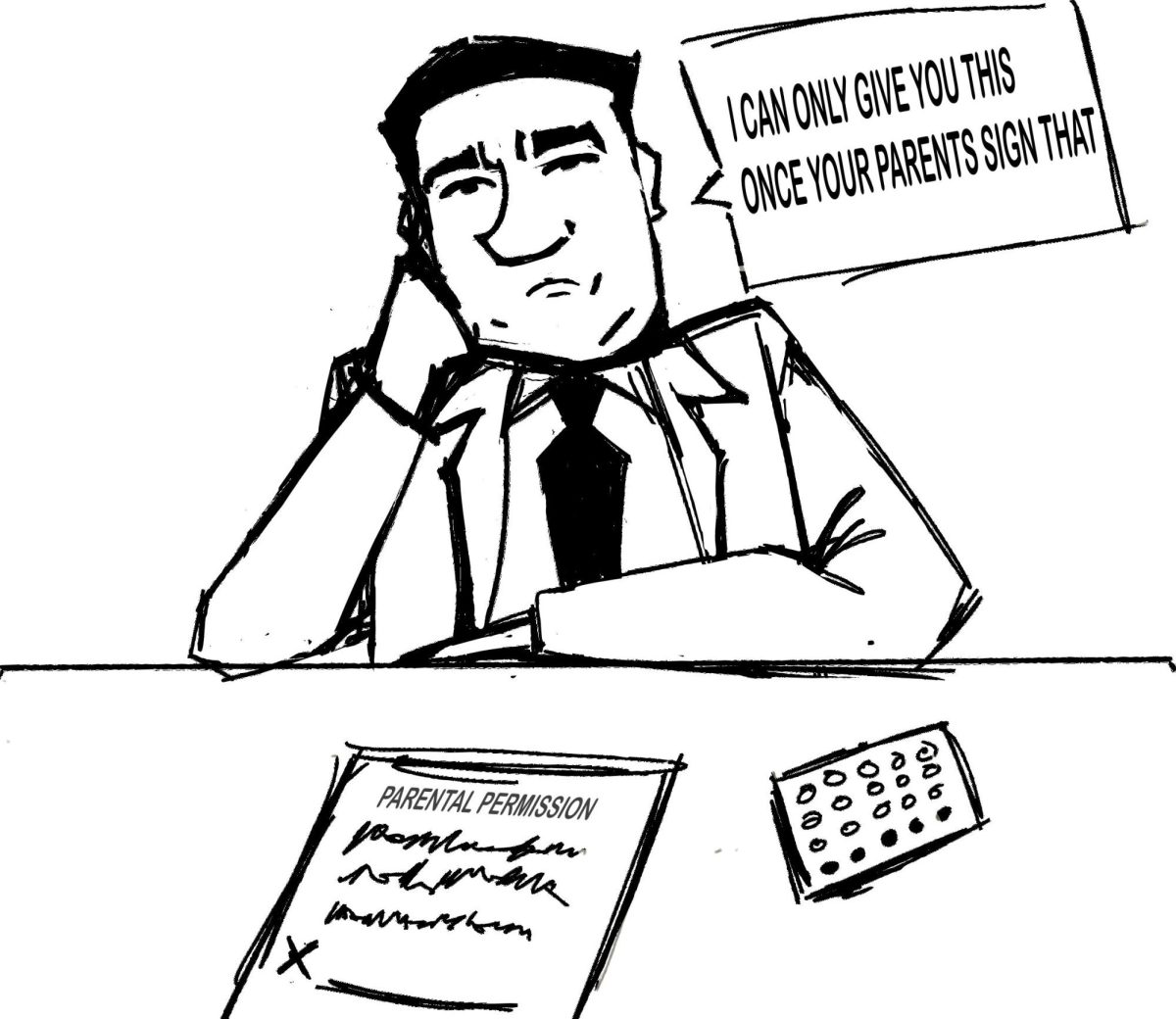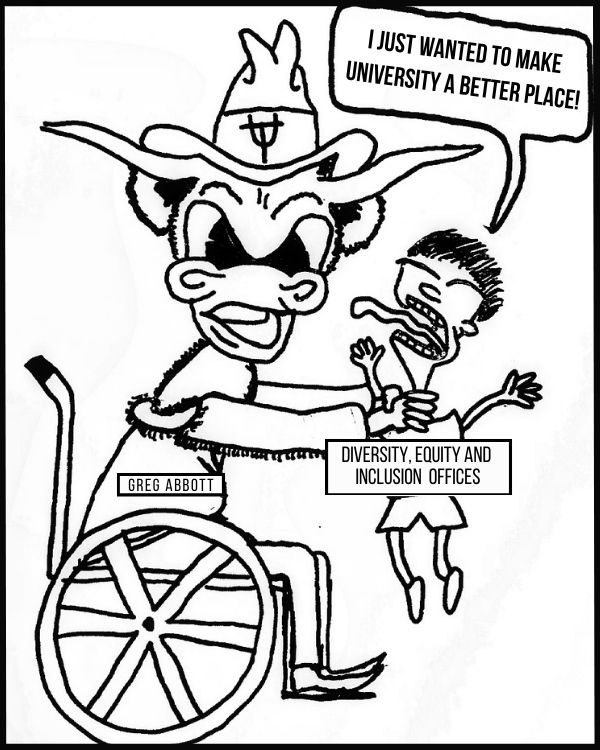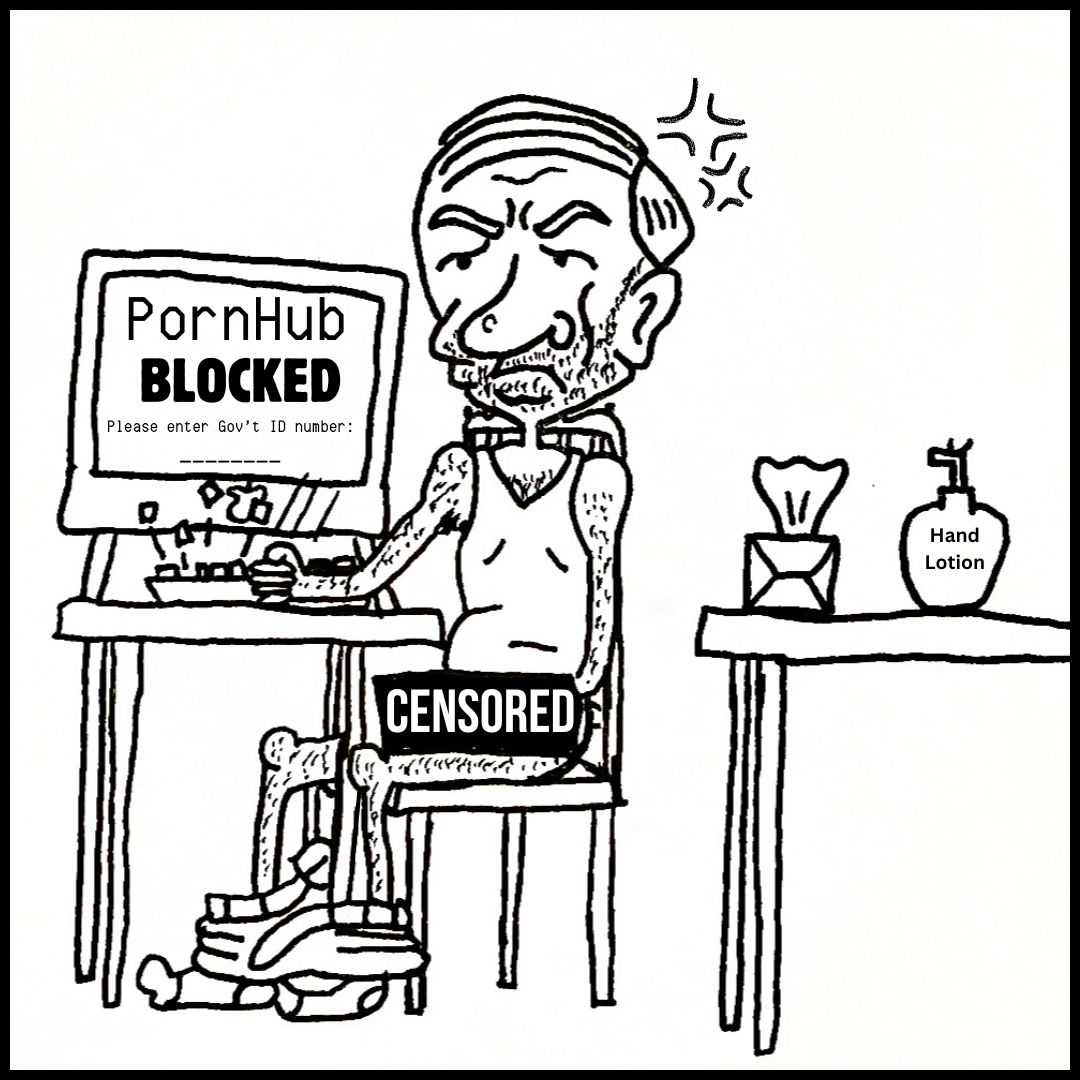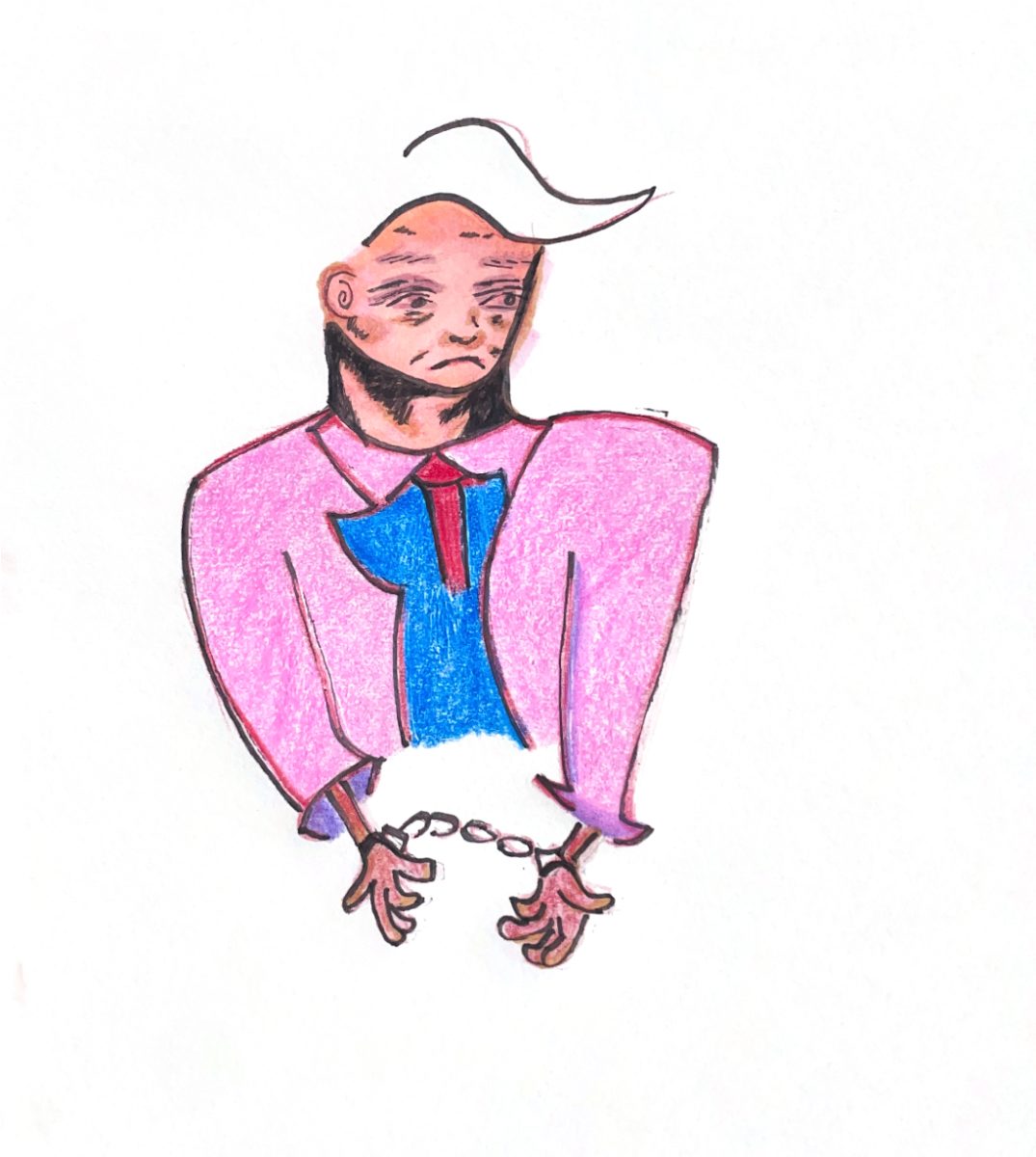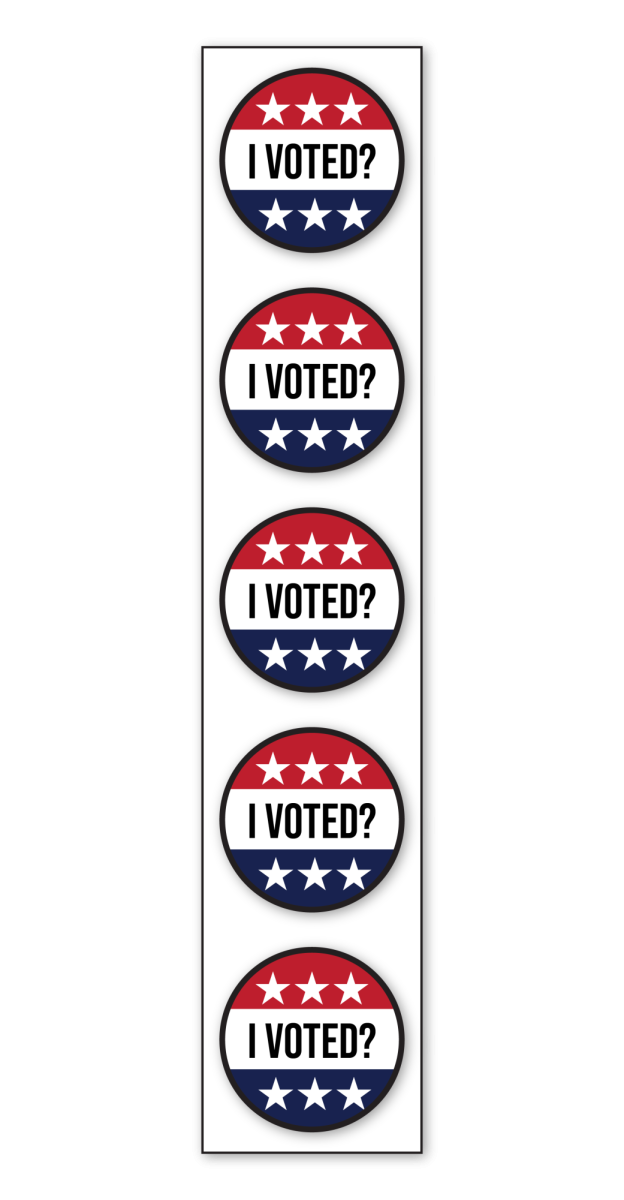When violent acts occur in society, the public almost always echoes the same repetitive conversations: gun control, mental illness, crisis training, violence prevention.
Lois Lowry, author of “The Giver,” explained that her son, active in the first Iraq war in 1991, used to write to her from Saudi Arabia. “He (wrote) ‘Why do people do such terrible things to each other? And how do we put an end to it?’” she said at a Book Expo America (BEA) breakfast in 2012. “So I wrote ‘The Giver,’ which was about human behavior and why people do what they do.”
She said her writing was sparked by curiosity — a yearning to answer her son’s questions.
After violent events transpire, the public always demands answers to the same questions Lowry’s son asked.
The first question, “why did this happen?” is the most intriguing, since it is frankly unanswerable. How could we ever be 100 percent positive on motives behind violent crimes? The human brain is a mystery, and human behavior is an ever-changing science.
The shooting that occurred at Fort Hood on April 2 caused four deaths, including the shooter’s , along with multiple injuries.
The Washington Post wrote, “What was going through (the shooter) Lopez’s head before his outburst remains a mystery. Investigators said he left no explanation behind.”
With mental illness and war’s after effects traumatizing veterans on the forefront of the violence prevention conversation, the need for clear answers are often brought loudly into public debate after nation-wide coverage of tragedies.
This shooting left Internet bloggers, editors and commentators asking yet again what could be done about violence.
This incident is Fort Hood’s second in five years. Furthermore, in 2012 the Sandy Hook attack claimed 27 lives, including the shooter’s, and in 2013 the Boston Marathon bombing fatally killed three and wounded over 200 others.
In his weekly address on Jan. 19, 2013, President Obama spoke in response to Sandy Hook. “While we may not be able to prevent every senseless act of violence in this country, if there’s even one thing we can do to reduce it — even if one life can be saved — we’ve got an obligation to try.”
The public’s actions concerning this obligation should be a constant commitment. The conversation surrounding violence, mental health and emergency situations should not just surface in the midst of tragedy, but should be present daily.
Bad things have happened, are happening and will continue to happen. Awareness shouldn’t ebb and flow according to a murderer’s schedule and when he or she makes the news. The repetitive conversation surrounding violence prevention and mental illness needs to remain relevant.
Lowry wrote three additional novels dealing with the same two questions. In each of those books, Lowery said “the world is still in conflict.”
“People are still doing terrible things,” she said. “And my own memory now includes an American flag over a coffin, the day that my own son was laid to rest.”
Bad things happen.
We have an obligation to keep the violence conversation in the forefront of public discussion. We have the obligation to keep attempting to answer, “How can we stop it?”
We must also remember, though, that events like the Fort Hood shooting happen. We should not be shocked, but instead motivated to continue our research on prevention and crisis training.
Because human nature is first and foremost a curiosity, we’ll never know why people do bad things, but we can still attempt to stop it.







